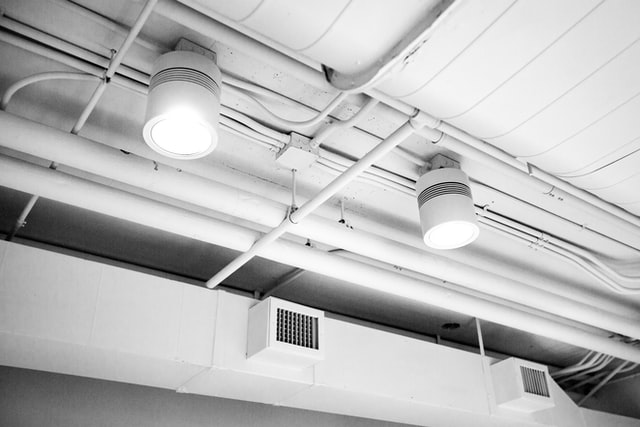An air purifier can help improve the quality of life for many people by removing allergens and other pollutants from the air.
People who suffer from allergies or asthma or those who live in large polluted cities often need air purifiers.
With both pollution and smog on the rise, air purifiers have been steadily gaining in popularity.
In this article, we will review the air purifier target market and discuss how they make their purchase decisions.
Understanding the Air Purifier Target Market
To best understand the air purifier target market, we need to first understand the reasons why people need them.
By understanding people’s motivations for buying air purifiers, we can divide this market into customer segments and study each segment on its own.
This needs-based segmentation allows manufacturers of air purifiers to create products that are useful to their target audience and for retailers to carry products that people are willing to buy.
Such a market analysis gives us these main segments of the air purifier target market:
- People who suffer from allergies or asthma
- People who live in large polluted cities
- People with pets
- Smokers
- Schools
- Offices
Let’s look closely at each of these market segments for air purifiers.
1. People who suffer from allergies or asthma
This segment of the air purifier target market is the most likely to need air purifiers.
People with allergies or asthma often have sensitivities to airborne particles like dust, pollen, and pet dander.
These particles can cause classific allergy symptoms like sneezing, burning sensation in the eyes, and heavy breathing.
An air purifier can remove these allergens from the air and improve the quality of life for people with allergies or asthma.
2. People who live in large polluted cities
Large cities often have high levels of air pollution.
This air pollution can come from car exhausts, factories, and even construction sites.
People who live in large polluted cities may need air purifiers to remove these pollutants from the air.
Air purifiers can help improve the quality of life for people who live in large polluted cities by cleaning the air in their living spaces. However, this air purification is limited to their homes or offices and the air in the rest of the city will still be polluted.
3. People with pets
Pets are a common source of allergens in the home. People who are allergic to pet dander may need an air purifier to remove this allergen from the air.
An air purifier can also help people with pets who are not allergic to pet dander by removing pet hair and other particles that can be shed by pets.
People with pets that shed have to clean their homes often to keep them clean at all times. Such people will sometimes have a robotic vacuum cleaner simply running around the house all day long to clean up after their pets.
4. Smokers
Smokers often need air purifiers to remove cigarette smoke from the air. Cigarette smoke can be a health hazard for nonsmokers exposed to it.
An air purifier can help improve the air quality in a smoker’s home by removing cigarette smoke from the air. This can create a safer and more comfortable environment for nonsmokers who live with smokers.
5. Schools
Schools will sometimes install air purifiers to improve the air quality for their students.
Schools in urban districts can be located in areas with high levels of air pollution. Or a school could have children who are sensitive to pollutants in the air.
Installing air purifiers in schools can help improve the air quality for students and make it easier for them to concentrate.
6. Offices & Factories
Many businesses will install air purifiers in their office buildings.
Offices are often located in urban areas with high air pollution levels and not all offices will have closed ventilation systems or air conditioners.
By installing air purifiers, businesses can improve the air quality for their employees which can lead to increased productivity and fewer sick days.
Factories can often be the source of air pollution.
Installing air purifiers in factories can help reduce the amount of air pollution that is emitted from the factory and create a healthier environment for both the workers in the factory as well as for the people who live nearby.
Conclusion
As pollution and smog rise and as more and more people get diagnosed with allergies and asthma, the air purifier target market, unfortunately, continues to grow.
Apart from those suffering from illnesses, this market also includes people living in large urban areas and cities, people with pets, and those who smoke.
Schools are increasingly installing air purifiers to ensure good quality air for students and teachers.
Likewise, businesses with offices and factories also install air purifiers to provide a clean and healthy work environment for their employees.

